- News & Views
- Talks and Events
- It’s about what makes us human: what we learned from Designing for Space
It’s about what makes us human: what we learned from Designing for Space
Published May 2018
Back in February 2017, Elon Musk promised to fly two private customers to the Moon by the end of 2018, and it seems unlikely this will be a one-off. SpaceX revealed the waiting line for private space travel is lengthening, despite the adventure costing thrill seekers millions of dollars. This appetite is reframing the business of space. Travel companies are starting to look at space travel as a serious commercial opportunity. At the recent Space 2.0 Summit in San Jose, California, Orion Span founder and CEO Frank Bunger unveiled the idea of the first-ever luxury hotel in space, with an expected launch date of 2021. Imagine: zero-gravity walks, an average of 16 sunrises and sunsets a day and… looking at a planet Earth from above (all for ‘only’ £6.6m for a 12-day stay).
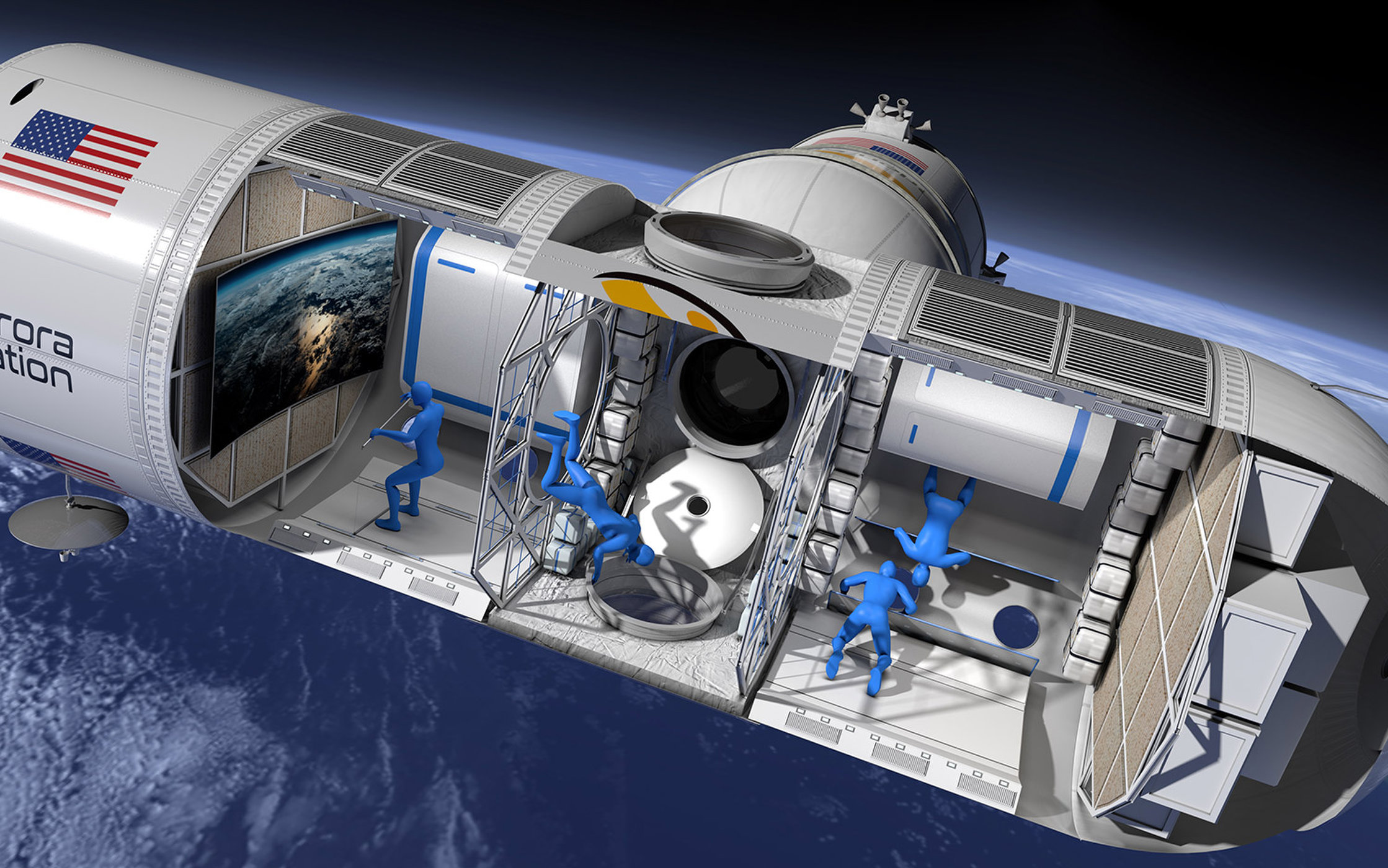
Source: Aurora Station: A Luxury Space Hotel in Pictures
So space travel is on the way, for some of us at least, but the question of how human-centred design principles will work in space remains unanswered. And because we believe that bold thinking and big questions about the future can help inform our current work, we decided to tackle Designing for Space as the first topic in our new BIO Bold event series.
Last Wednesday, we discussed this topic with a diverse panel of space experts. We joined Astronaut Training Programme Director Mindy Howard, Deep Space Psychologist Richard Sherry and Olesya Myakonkaya from Mars Nation, together with a host of service designers and transformation professionals to explore the key challenges of designing for space.
Let’s start with a bit of space design history...
As pointed out by Dr Olesya Myakonkaya, Founder and Facilitator of Mars Nation, the historical focus of governmental space exploration hasn’t really been on design. And while this is beginning to change, NASA is still outsourcing work to architecture firms and students, rather than ensuring the knowledge is generated in-house.

So how should we design for space, according to Dr Olesya Myakonkaya?
1) Show empathyHow can we design for a whole new world? There are no set principles to follow, no standards established. Olesya suggested we need to step into the shoes ofastronauts, and imagine ourselves in space. It’s an environment that brings strange new challenges, some that we cannot yet imagine. Think about the lights in a space station that never go out, the difficulty finding a spot to sleep and rest and the constant hum of engines and equipment, not to mention the sense of isolation. Going to space pushes the body and mind to the limits, so being able to empathise with some of the emotions and physical reactions experienced by astronauts is crucial for designing environments that aid adaptation.
2) Cross-team collaboration and creating the culture of enablement
Mixing knowledge and perspectives from various disciplines and backgrounds might bring the most innovative results. VR pets to keep astronauts the company, or training courses to keep the brain busy, are two of many design ideas from Mars Nation’s diverse team of UX designers, scientists, artists and engineers.
3) Bring in the beginners
Beginners often ask the most unexpected questions and spark ideas that experts wouldn’t necessarily consider. Bringing experts and novices together can really help to break up linear thinking, said Olesya. This is something that really resonated with us at BIO – we know that when designing any sort of interface or service you have to test things with newbies if you really want to understand how users will behave. When you work in the field, it’s easy to make the mistake of assuming familiarity or knowledge that someone won’t actually have.
4) Consider the whole journey
Olesya stated a spacecraft is pretty much just a hi-tech taxi – its job is to get you somewhere else. You spend a few days in there, and with zero gravity, you don’t need a bed or a sofa. You simply attach yourself to the wall and rest there. But with a journey to Mars, where gravity is one-third of the Earth’s, things are very different. The two environments have very different conditions, all of which need to be considered when designing for space.
5) Making outer space feel like Earth
Choosing the right colours, or adding paintings of landscapes, rivers and small details that remind astronauts of being on Earth can play an important role in adaptation and help with the psychological challenges that astronauts may face during space travel.
The Psychological Perspective of Human-centred Design: Dr Richard Sherry
According to Dr Richard Sherry, a Consultant Clinical Psychologist, space exploration has so far been thought about in a rather limited way, barely considering the human aspect. To enable cutting-edge thinking and ensure a future for humans in space, we really need to get back to basics and start examining how to integrate psychology into space design.
What does it mean for someone to be 140m miles away from Earth? We often forget about the role of brain and emotions and how our psychological and neuropsychological capabilities may be affected by the harsh environments of space. But this should be investigated more closely, as there are a number of human challenges that could hinder adaptation and diminish the potential of commercial space travel. Richard identified this group of issues:
1) Gravity Fields
2) Isolation/Confinement
3) Hostile/Closed Environments
4) Space Radiation
5) Distance from Earth
6) Pressure/Scrutiny
7) Notoriety
8) Doing Something Completely New.
What we should consider when designing for space, according to Dr Richard Sherry:
1) Potential physical and emotional reactions
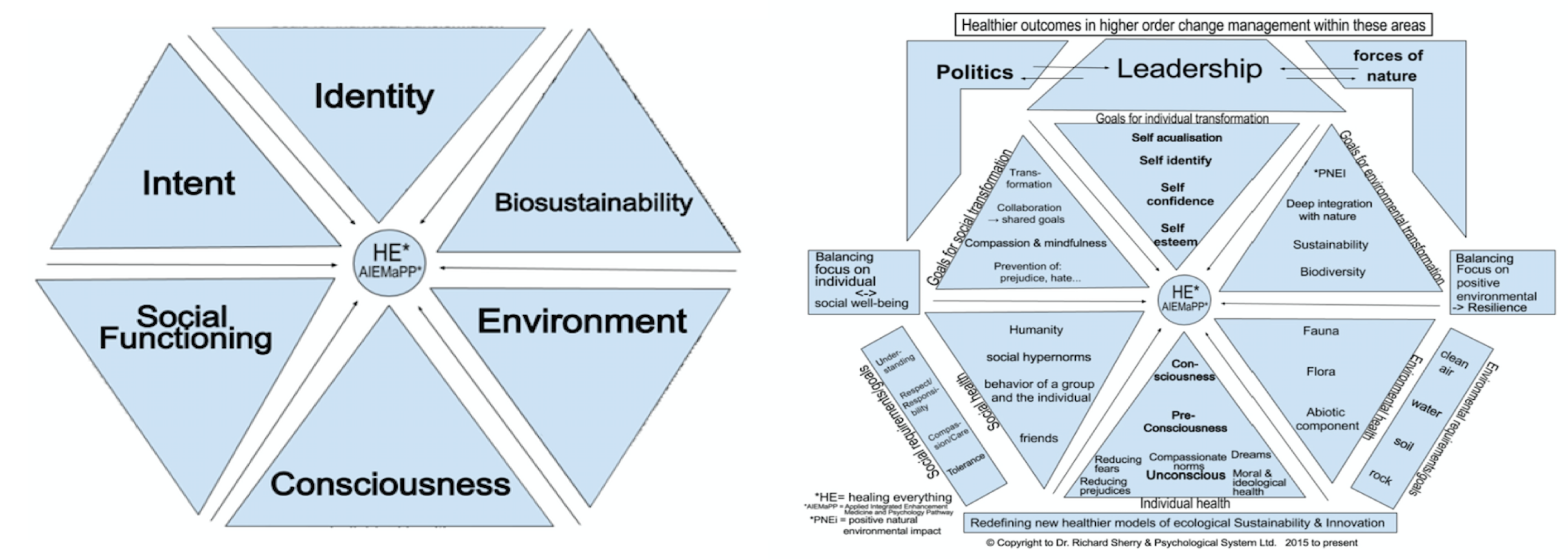
The effects of radiation or bone loss caused by zero gravity environments are not the only subjects that should be considered, said Richard. There are clear differences in male and female bodies that we should look at to design solutions.

Weshouldconsidernewdesignstobeecologicallysustainableandwithano waste approach. A great example was conceptualised by Fabulous – a French 3D printing agency – that has designed a 3D printed shelter for astronauts on Mars, made entirely from locally-sourced materials – Martian soil! Resembling an igloo, the shelter would be partially buried beneath the ground. The ecological issues on planet Earth give us a clear indication that we need to start thinking differently from the very start of the design journey. Using a planet’s natural environment and 3D printing to allow for bio-sustainability is the way forward.
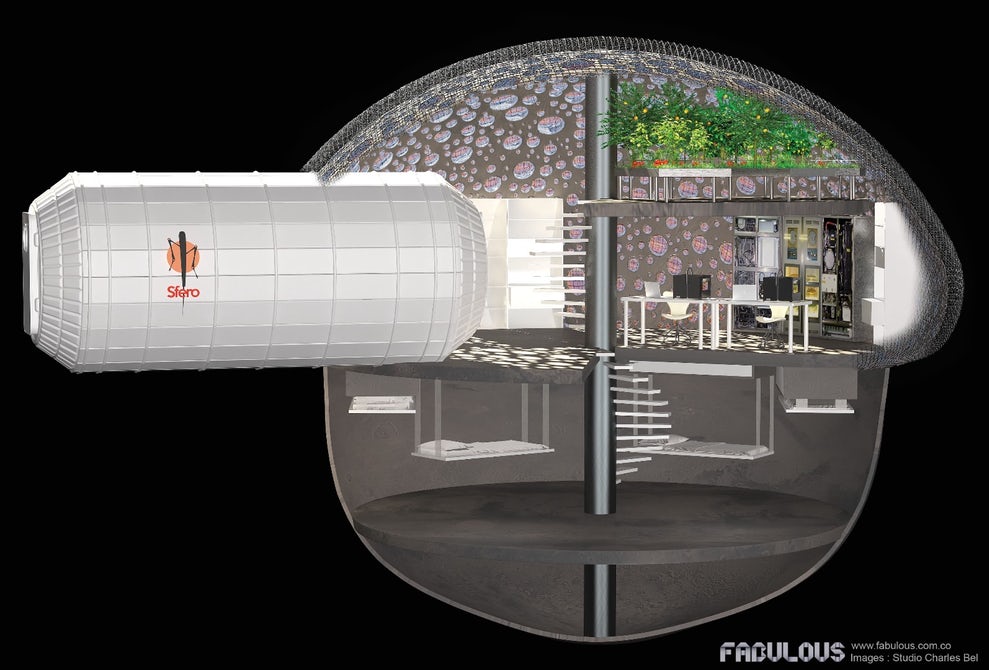
Richard also urged us to think about the bigger aspects of what we need as human beings rather than focus solely on the engineering and basic design principles.
How to train for a mission in space: Dr Mindy Howard
Dr Mindy Howard, talked about her experience as Astronaut Training Director at Blue Abyss to inform her discussion of how to maximise a spaceflight experience with a human-centred approach.
Blue Abyss is the world’s first commercial astronaut training centre, and is planning to offer a comprehensive research, development and training facility. Mindy gave us a sneak peek into its core capabilities and outlined why human-centred design principles are essential for pre-flight preparations. Deep pool enabling astronauts to experience the weightlessness environment and practice operations in the space suits, High-G force preparation to avoid the panic and passing-out during launch and re-entry into the Earth’s atmosphere, and a parabolic flight simulating the zero-G experience in the spacecraft, are the core capabilities Mindy suggested to be essential for pre-flight training.
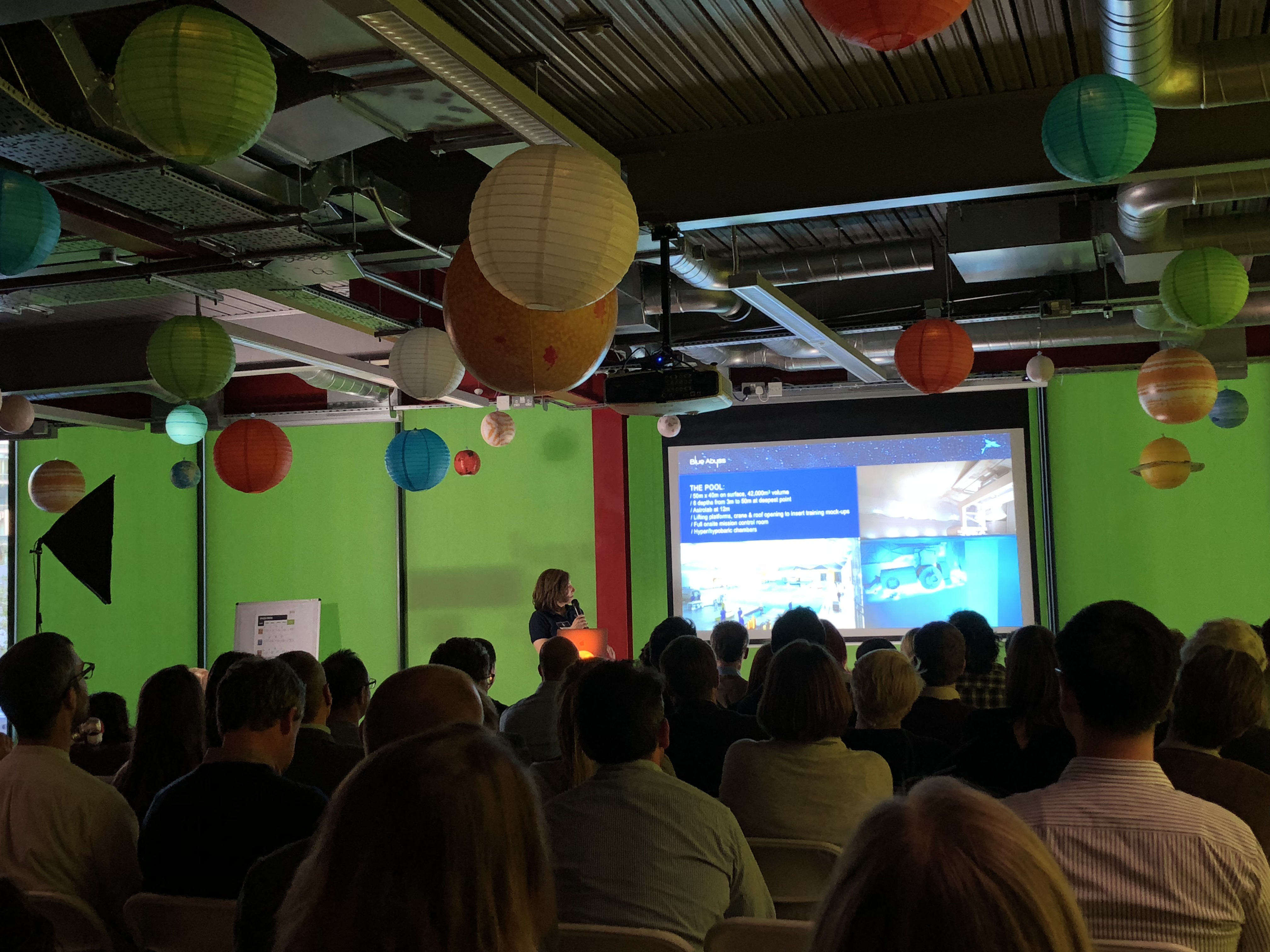
So why is human-centred spaceflight training necessary?
During the event, Mindy listed preparation for unusual physiological and psychological effects experienced during space travel, as well as the essential need to learn how to accomplish in-flight objectives and behave during potential emergency scenarios. To prepare for space travel with a human-centred approach, the following principles should be followed:
- Start with the personal mission
- Look at tasks which need to be performed, i.e. performing a task analysis
- Look at the individual’s shortcomings for those tasks
- Train in overcoming barriers – either personal limitations or barriers to mastering task
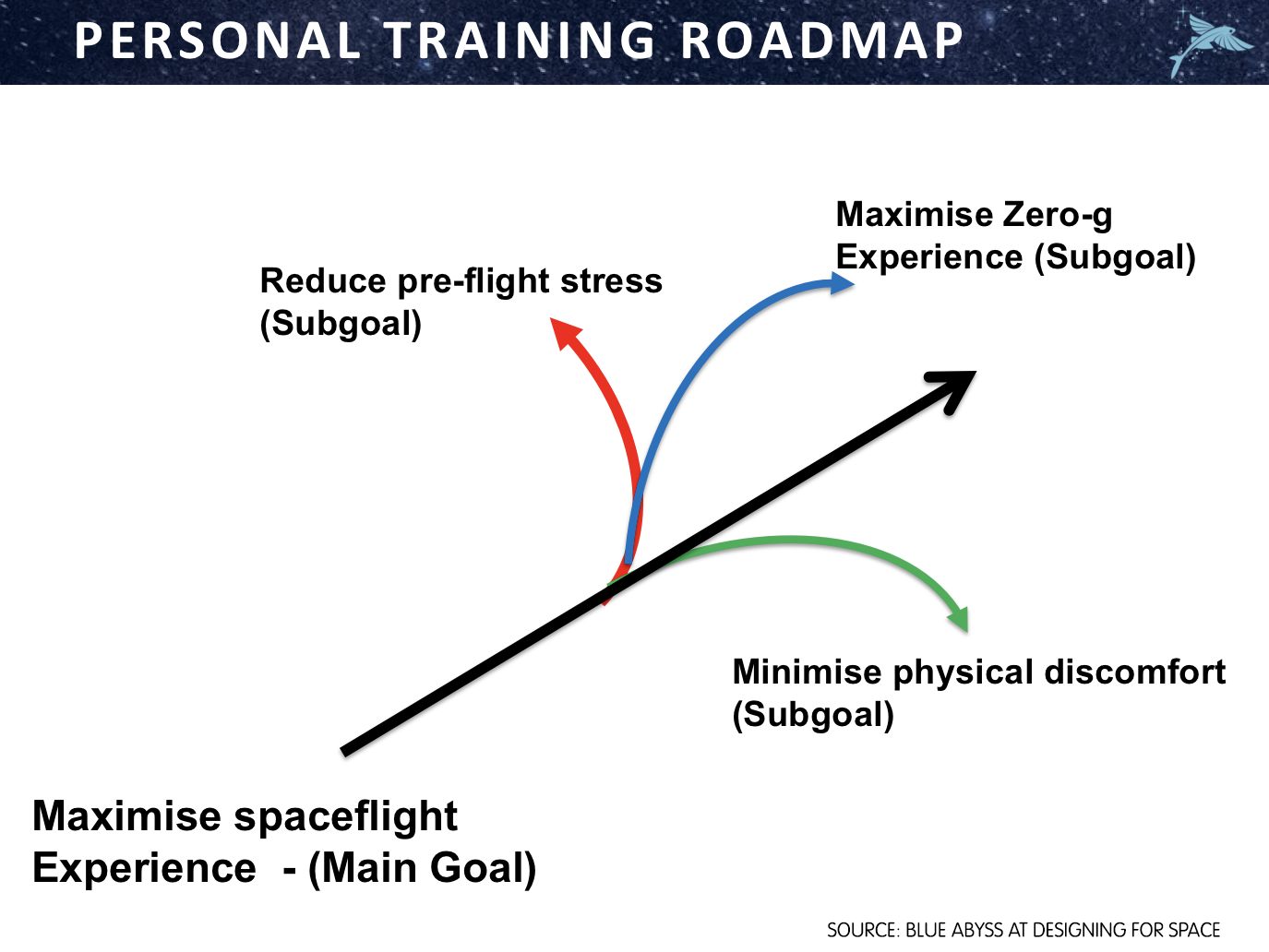
An out-of-this-world opportunity
The challenges presented by space travel are substantial, but they represent an enormous opportunity for us as designers and thinkers to interrogate the value of our approach. As innovators, it’s imperative that we explore deep, difficult problems to test and inform our current thinking.
At BIO, we apply human-centred principles to design enhanced services and customer-centric products.
Sign up to our newsletter and be the first to know about the dates of our next event from the BIO Bold series. We’ll be discussing Digital Legacy, Closure and Death – looking at how we safeguard customers’ digital assets and legacy, how we approach digital closure experiences and how designers respond to the cultural attitudes and taboos surrounding death and dying.